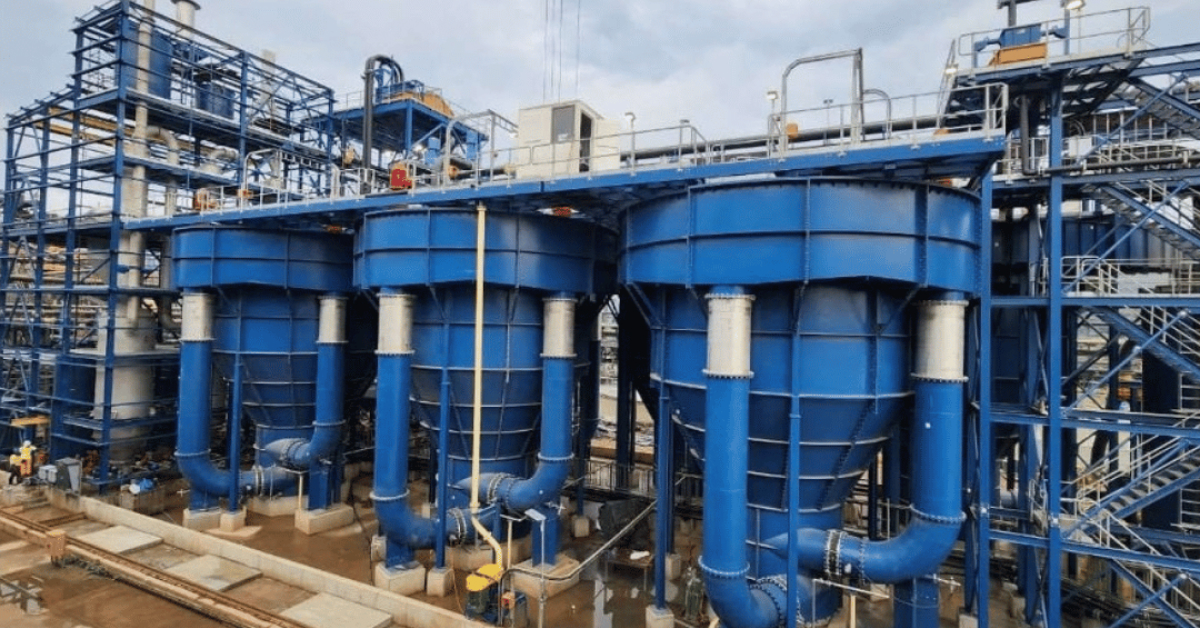
On 10 October this year, some 900 people attended the South African Institute of Steel Construction’s (SAISC’s) annual Steel Awards held at three venues simultaneously in Johannesburg, Durban and Cape Town. And they were well rewarded for their attendance as this year they were treated to a record number of highly innovative entries. What is more, the Steel Awards enjoyed unprecedented sponsor support while the entries themselves with the most diverse seen to date.
The range of building types entered was compendious and the quality and of the innovation brought to bear in many of these entries was remarkable. The Steel Awards demonstrated South Africa’s ability to manufacture and construct steel structures fit for multiple purposes which in excellence match and, in certain instances exceed, anything else found in the world.
The glittering success of the steel awards stands as a stark contrast to what is happening in South Africa’s steel construction industry today. The past four years the industry has shrunk, and thousands of jobs have been lost. Many of South Africa’s long-standing and most successful construction companies have either closed or gone into business rescue. This we all know.
“Unless a country is successfully industrialised, it will sink back into being an economic backwater, and as a globally uncompetitive unit, will be a taker of prices,” explains SAISC CEO Paolo Trinchero.
“However, our most recent Steel Awards stands as a proud example of what can be achieved in South Africa. We need to transfer some of these learnings into other areas both of industry and government unless we want to experience the peace, and poverty, of stagnancy. These learnings need to be applied not only in the steel industry but also in other South African industry sectors.
One has to look at the companies who participated in the 2019 steel awards and use what they have done as a template for running both industry and the country as a whole.
The first attribute that the successful companies possess is courage. Innovation takes courage. It takes courage to step outside what are normally accepted bounds and to produce something exceptional. “As South Africans, we have shown many times that we are capable of great courage when it’s needed,” Trinchero continues.
“Periodically, we need the ability to reimagine ourselves, to step back and dispassionately and critically look at our organisations and where they’re going. As an Institute, we are currently embarking on just such an exercise and would encourage industry and government to do the same to avoid South Africa’s relegation to the D division,” he adds.
The companies that won awards at the 2019 SAISC event, share the characteristic of being nimble, of being agile and responsive to prevailing circumstances. Apart from the normal issues of running a business such as correct gearing ratios, effective credit control and managing cash flow, successful businesses are highly reliant on the more intangible aspect of relationships. “In business, it is about networking and connecting,” explains Trinchero. “Those companies that have good relationships with their suppliers, the people who give them work, the staff and their competitors are definitely in a better position for success,” he adds.
Regarding a solution to the current steel industry crisis, Trinchero explains that there is no silver bullet solution. The answer lies in doing the right thing, promptly and at the right time and doing this every day repeatedly.
“At the Institute, this is something we try to do constantly and as part of the reason why this year’s Steel Awards had been the resounding success it has been. The role of the Institute has been since 1956 promoting the use of steel in construction and contributing to their health and wealth of the industry for the good of all players. The Institute is respected for its reservoir of authoritative technical knowledge and its role as the collective voice of the steel construction industry. “However, the Institute is not a political lobbyist, and, as such, is not responsible for driving direct sales for any of its members,” he elaborates. As the collective voice of the steel industry, the SAISC has been intensively communicating with the Department of Trade and Industry, among other government organisations, to find a constructive solution to the current situation.
A concern of the Institute is the inordinate amount of time taken to effect government initiatives. “Many businesses in the steel industry do not have the luxury of six months to wait while in new ‘steel industry blueprint’ is drawn up by a government department. At this stage, the need for positive change is more than urgent,” he asserts. “Our President Cyril Ramaphosa summed the South African challenge when he said: ‘In South Africa we are very good at talking, but terrible at doing.’”
In terms of doing, the SAISC is in the process of reimagining its future. “We reach out our hands to both government and to business to undertake a similar re-imagination or reinvention,” says Trinchero. “We have seen the possibility for success in our celebration of steel excellence in our Steel Awards Event and now we need to find some way of extending that throughout industry,” he adds.
“The SAISC sincerely wishes to partner with private and public sector organisations in whatever way possible to reach a better, more sustainable future, both of the steel industry and our nation as a whole,” he concludes.






